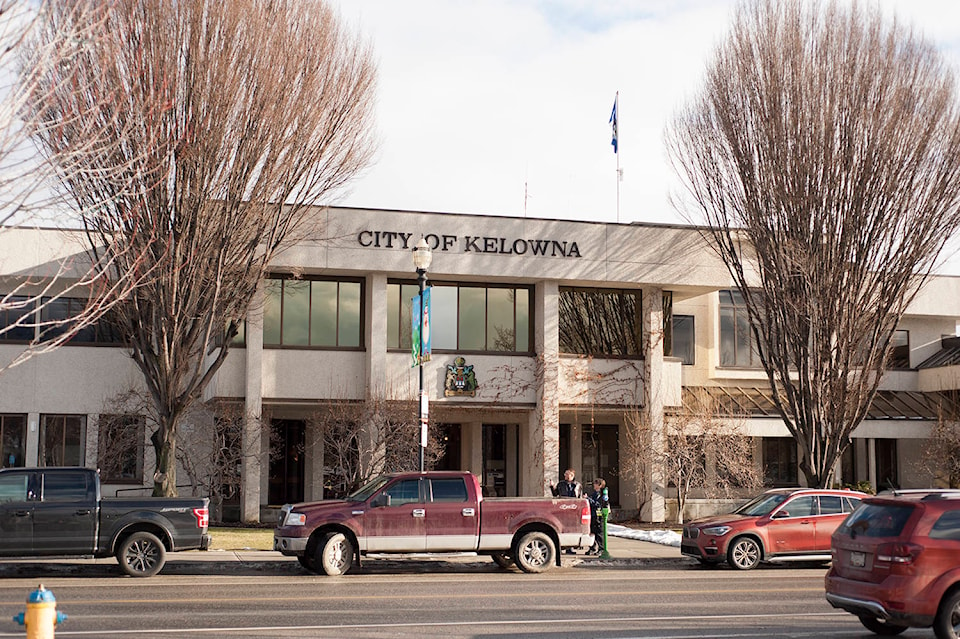As Kelowna continues to grow and densify, new challenges are arising for the city to establish more parks and greenspace.
This is becoming clear as the city continues work on its 2040 Official Community Plan.
The city expects a massive increase in urban development over the next two decades, which will require more public parks and greenspace because residents will have less private property to enjoy the outdoors.
The city’s 2030 OCP focused 51 per cent of growth outside the city core and 49 per cent within it, however, with the new plan the city is looking at focusing 67 per cent of development within in the city’s core and 33 per cent outside of it.
In a proactive approach, the city is trying to identify more options for parks in the city’s core including green lanes, rooftop parks, parklets and reduced parking standards in urban parks.
Each of the four proposed funding models to acquire more green space will ensure 2.2 hectares of parkland per 1,000 residents through land acquisition outside the urban core.
However, such acquisitions would not contribute to the walkability and livability of the urban centres, where 50 per cent of projected growth over the next 20 years is targeted.
The most expensive option laid out in the report to council on March 9, would allot one hectare per 1,000 population growth in urban areas. In an example given in the report, the acquisition and development of a 0.25-hectare urban park could cost $5.4 million — contrasted with the $2-million cost of a 0.5-hectare suburban park.
But the report also showed the cost per user would be significantly less, at just $185 per user for an urban park compared to $280 for a suburban park.
Three other models were also laid out providing other, cheaper options, varying the amount of parkland bought in the city’s core.
Coun. Luke Stack said the city needs to be creative to find ways to implement its ideal vision without raising taxes or development cost charges.
“(City staff) said we need to do more with less but I think the situation is we’re asking you to do more with more. There has been a massive injection into the parks system, much more than I have seen in my time on council,” he said. “We need to find ways to maximize that.”
Mayor Colin Basran said though the report was ‘sobering,’ he sees tremendous opportunity for the community in terms of the other models.
“(We can) set ourselves apart through these alternative policies. There are numerous things that we’ve done that — once we get the green light — I can’t wait to see what our staff brings forward,” he said.
Urban parks, according to the report, offer several advantages including higher usage, environmental and economic benefits and they provide an alternative to the private yard space commonly found in most suburban communities.
These spaces are, however, competing for the same land as the buildings they serve.
The report said a balance must be struck between future parkland needs and acquisition costs in order to be successful in delivering on all the growth demands in the city.
The areas most in need of park space, according to the report, are downtown, Capri/Landmark, midtown, South Pandosy, Rutland and the core area, including Glenmore.
Several more reports will be headed to council regarding the 2040 OCP over the coming months, with another one scheduled to be presented March 16 regarding the city’s future land use.
READ MORE: Kelowna council nixes another policy-breaking pot shop application
READ MORE: Roadwork season on its way to Kelowna
@michaelrdrguez
michael.rodriguez@kelownacapnews.com
Like us on Facebook and follow us on Twitter.
